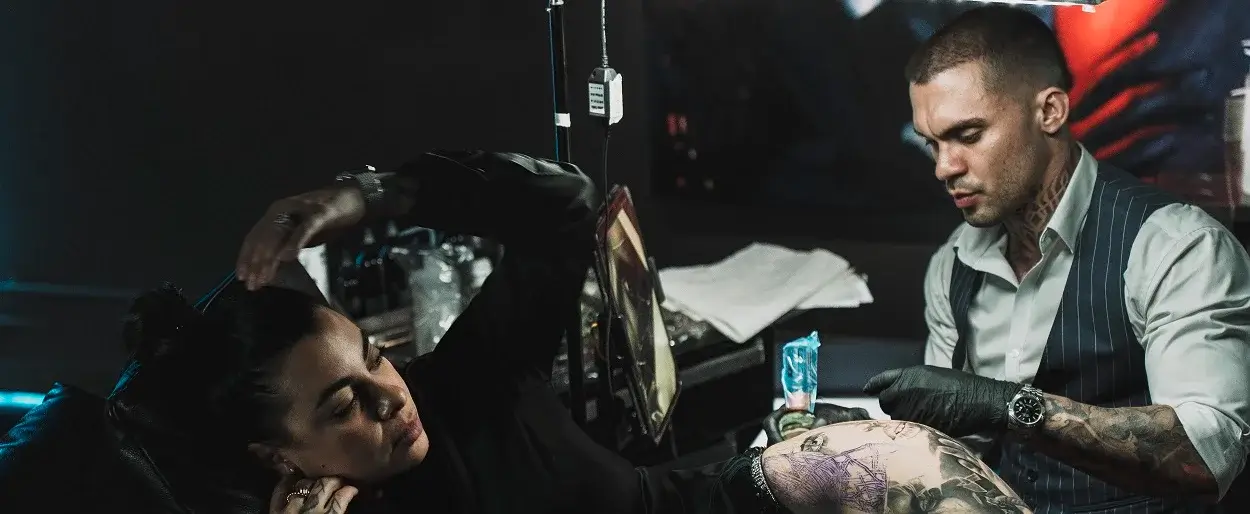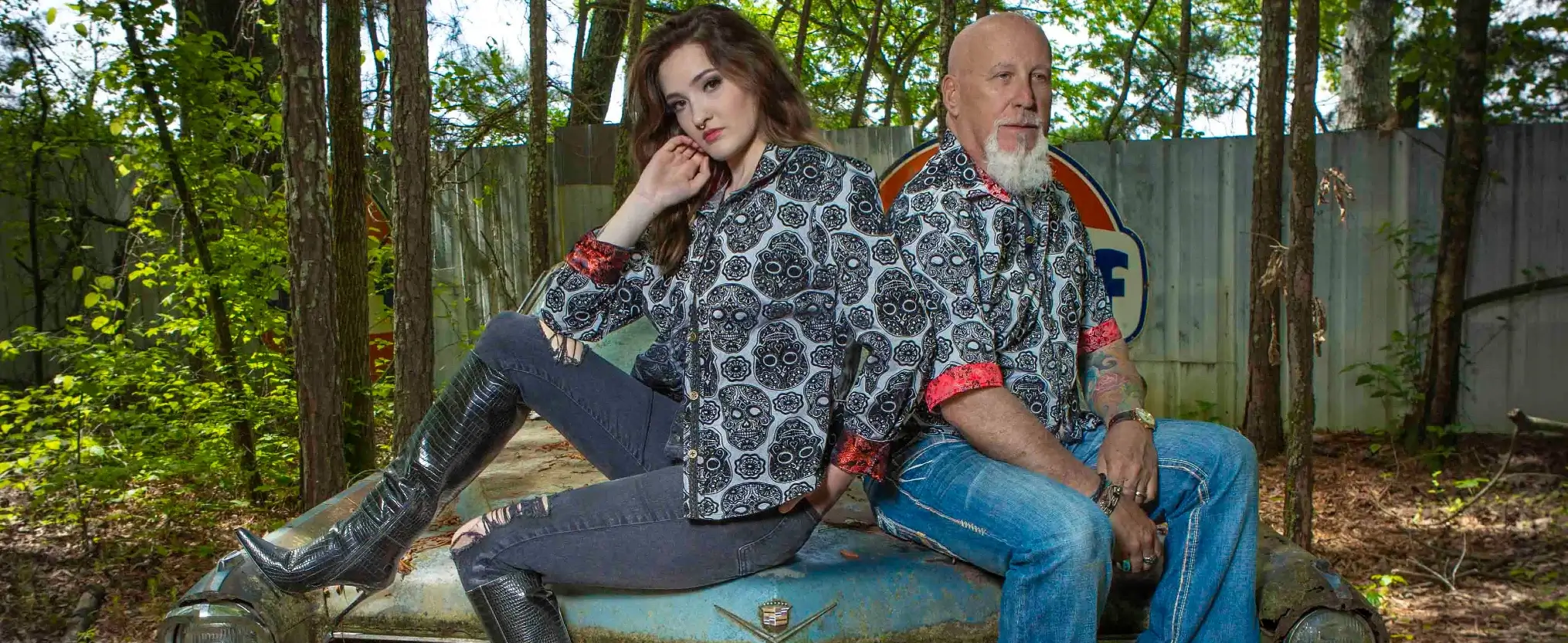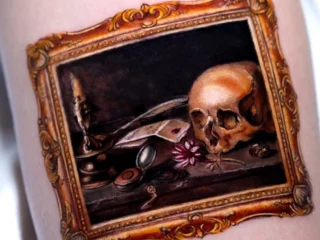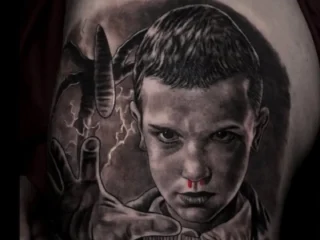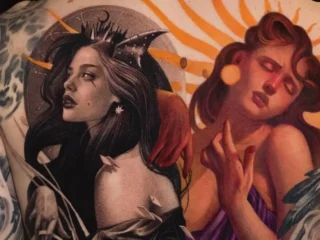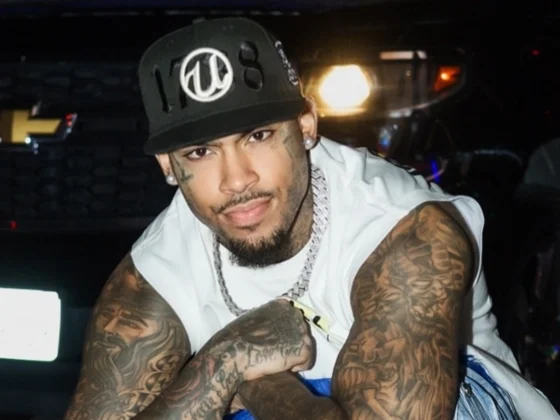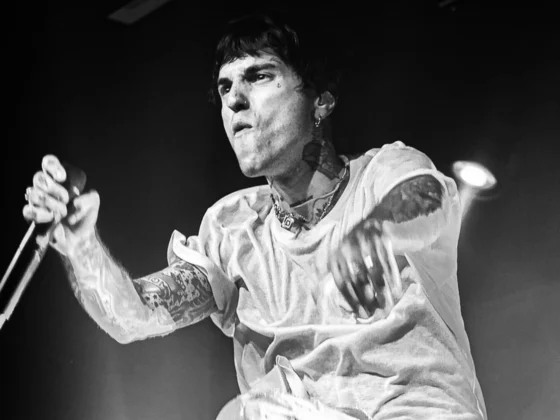Inked Mag Staff
December 18th, 2014
Did Thomas Edison Invent the Tattoo Machine?
Every school child knows that Thomas Edison was perhaps the most prolific inventor in the history of the United States. The light bulb? Edison. The phonograph? Edison. The telephone? Yep,…
Every school child knows that Thomas Edison was perhaps the most prolific inventor in the history of the United States. The light bulb? Edison. The phonograph? Edison. The telephone? Yep, you guessed it, Edison. This only scratches the surface of what Edison accomplished—he also founded General Electric, created the first industrial research lab, and held an astounding 1,093 US patents. That’s a staggering number of inventions. Is it possible that a tattoo machine was among Edison’s many creations? The answer: Sort of.

While tattooing wasn’t one of Edison’s many passions—it would have been badass if he had full sleeves depicting his many inventions—one of his inventions would eventually pave the way for the electric tattoo machine. In 1876 Edison received a patent for the electric pen. In the days long before copying machines it was impossible for a person to make more than one copy of a letter or document without sitting down and writing a second copy by hand. The electric pen used a small motor to drive a needle up and down the shaft of the pen. As the user wrote the pen would create a stencil that could be easily copied.
When you take a look at the blueprints for the electric pen it is eerily similar to a tattoo machine. And by “eerily similar” we mean that it looks exactly like a tattoo machine.

When the electric pen was released and marketed to the public it ended up being a dud. There was very little demand for the device and the electric pen would have been relegated to the trash bin of history if it wasn’t for a clever tattoo artist. When Samuel O’Reilly saw the electric pen a light bulb (thanks Edison!) went off in his head—what if the pen could be modified to tattoo with?
On December 8, 1891 O’Reilly was given a patent for a tattooing-machine. In the papers filed alongside the patent it is explained that the device is a modification of Edison’s earlier invention. The needles would pass through ink gathered into the ink reservoir as they perforated the skin and the tattoo machine was born. One interesting thing about the machine is that it could hold between one and five needles at a time; thus showing that artists wanted the ability to create broader lines when the situation called for them. The machine also sped up the process of tattooing considerably by allowing tattooists to perforate the skin more than the standard two or three times a second they were able to while handpoking designs, O’Reilly’s new machine could perforate the skin about 50 times per second.

As we now know, the tattoo machine completely revolutionized the industry and made tattooing notably easier for the artist. People came from all over the country to see O’Reilly tattoo with his famed machine and artists built their own. Soon the tattoo machine would become the standard in the industry. Despite patenting the tattoo machine, O’Reilly never got rich off of his invention. He continued to tattoo out of a shop in New York City until his death in 1908.
In the past 120 years the machine really hasn’t changed all that much. The differences between O’Reilly’s machine and the machines artists are using today are minor, but they represent over a century of fine tuning. Artists are always making adaptations to their machines to help them create the best art that they can and these changes will get passed down as new machines are produced.
So, next time you’re relaxing in a bar after getting some new ink raise your glass to Samuel O’Reilly and his wonderful invention, an invention that probably wouldn’t have existed if it weren’t for the previous work of Thomas Edison.
Editor's Picks
Bridging Classical Art and Modern Tattooing
Esteban Rodriguez brings the discipline of classical fine art to the living canvas of skin, creating hyper-realistic tattoos that merge technical mastery with emotional depth.
Show Your Ink Fashions Brings Custom Style to Tattoo Culture
Show Your Ink Fashions creates custom shirts designed to showcase your tattoos as wearable art, blending fashion with personal expression.
The Ultimate “Superman” Tattoo Roundup: Just in Time for Superman’s Return to Screens
With Superman’s big return to theaters, fans are revisiting some of the most iconic ink inspired by the Man of Steel.


